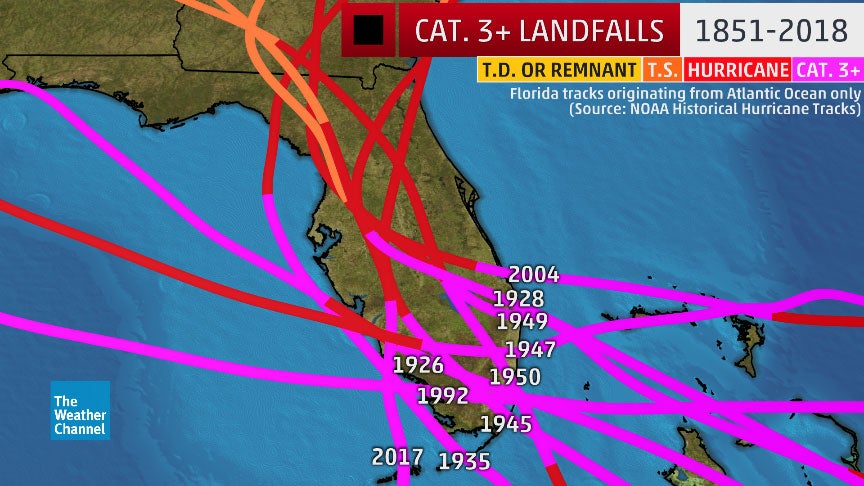
Check out our blog for some crypto-related data visualizations. My latest project, Elementus, aims to bring transparency to the cryptocurrency market. If you would like to see how it was made, you can find the notes from the talk here. Worldwide animated weather map, with easy to use.

The map at the top (which as pointed out by similar to the Firefox logo) comes from a recent talk I gave about map making with GIS. Weather radar, wind and waves forecast for kiters, surfers, paragliders, pilots, sailors and anyone else. If you liked this post, sign up to be notified of new Metrocosm posts However, several pieces of recent research suggest the Earth’s warming climate may play a role. What’s behind the record-breaking intensity of last year’s tropical storms? It moved through the islands later that day as a hurricane, then it moved westward over the southern Caribbean Sea through October 8. Hurricane Hazel 1954 Hazel was first spotted east of the Windward Islands on October 5. Alex attained hurricane status on , 10 days later than the previous January hurricane, which became a hurricane on. For interactive maps of Hurricanes Carol and Edna visit the NOAA Office for Coastal Management. These maps show the points of origin (by 10-day periods) for named storms during years 1851 through 2009 for the Atlantic storm region. Latest hurricane: Though technically part of the 2016 season, hurricane Alex became only the second ever documented January hurricane. What is the Best Hurricane Tracking Website The National Hurricane Center tracks all tropical storms throughout the year and they make their data available to everyone.Easternmost hurricane: In September of last year, Hurricane Fred struck Cabo Verde, traveling further east in the Atlantic than any previous hurricane.2 major storms in the Arabian Sea: The Arabian Sea, where tropical storms are uncommon due to its dry and windy climate, had 2 major cyclones last year. Before last year, only 6 major cyclones had ever been recorded in the Arabian Sea.Most powerful storm: Hurricane Patricia, which formed off the coast of Mexico last October, had sustained wind speeds that peaked at 215 mph, faster than any tropical storm ever recorded.Andrew, worst hurricane in Florida history, almost had a dif. Most major storms: Last year, the world saw 30 major storms (category 3 or higher), far above the previous record of 23, set in 2004. Hurricane tracking maps, current sea temperatures, and more.

Here are just a few of the records set by last year’s tropical storms. has been experiencing a hurricane drought, at least in terms of hurricanes making landfall, the northern hemisphere just had the most active tropical storm season in recorded history. A history of twisters: Tornadoes in Florida since 1950s. It’s surprising, but true. While the U.S. Alabama Storm Tracker and Model Mixer: Active Storms in AtlanticLive storm. Meanwhile, the northern hemisphere just had its most intense tropical storm season ever The previous record of 8 years dates back to the 19th century, between 18.įor comparison, on average, about 2 major hurricanes make landfall in the United States every 3 years. in a hurricane drought of 11 years and counting, the longest in recorded history. A hurricane is considered “major” when it reaches category 3 status, with sustained winds of at least 111 mph. In the U.S., no major hurricane has made landfall since hurricanes Katrina, Rita, Wilma, and Dennis struck back in 2005.

is currently experiencing its longest hurricane drought in recorded history Though 2015 was a quiet year in the North Atlantic, from a worldwide perspective, last year’s tropical storm season was the most intense in recorded history. As a result, hurricanes have not received the media attention they deserve.

is currently going through an extended period of hurricane inactivity, with no major hurricanes having made landfall in the last 11 years. Having formerly worked as a catastrophe modeler, it occurred to me there is also a recent trend in hurricanes that has largely been overlooked. The other day I wrote a post on fracking and induced earthquakes, an area of earthquake science that has gone misunderstood / misreported. They all refer to a tropical storm with sustained wind speeds of at least 74 mph. Hurricane, cyclone, and typhoon are all terms for the same phenomenon (technically tropical cyclone) in different parts of the world. The map displays the previous and current locations as well the forecast tracks of all active tropical systems, including pre-depressions ("Invests"), tropical depressions, tropical storms, and hurricanes.Every recorded hurricane, cyclone, and typhoon since 1850īased on the NOAA’s historical tropical storm tracks data, which includes storms dating as far back as 1850, the map above shows a top-down view of every hurricane, cyclone, and typhoon in recorded history.


 0 kommentar(er)
0 kommentar(er)
